Calcium channel blockers reduce blood pressure by widening your blood vessels Common examples are amlodipine , felodipine and nifedipine Other medicines, such as diltiazem and verapamil, are also availableWomen with preeclampsia, gestational or chronic hypertension who present with a sustained blood pressure of 140/90 mmHg or higher should be offered antihypertensive treatment Firstline treatment is with oral labetalol hydrochloride to achieve a target blood pressure ofAged 50 or older, systolic blood pressure of mm mercury, and at "increased risk of cardiovascular events" Aged 75 or older Yep, that in of itself puts people at risk A 10year risk of cardiovascular disease of 15% or greater on the basis of the Framingham risk score
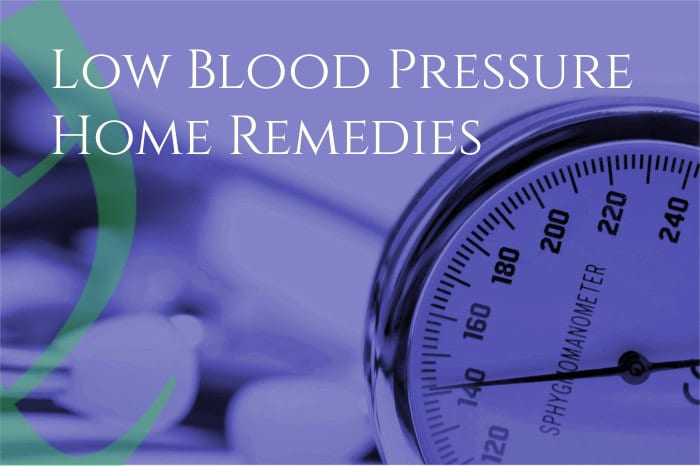
7 Low Blood Pressure Home Remedies Healthy Hildegard
90/60 blood pressure female treatment
90/60 blood pressure female treatment-Most people's numbers are higher during the day and lower during sleep Stress can boost blood pressure So can eating a big meal Doctors have long been familiar with the phenomenon of white coat hypertension — the tendency for some people's blood pressure to shoot up when it's tested in a doctor's officeThe ideal blood pressure is now 1/80 mmHg, both for seniors and younger adults That said, high blood pressure for seniors starts at hypertension stage 1, ranging from 130–139/80– Moreover, if the blood pressure falls below 90/60, it is considered to be too low




Low Diastolic Blood Pressure Causes Treatment And More
Blood pressure category 90 or below 60 or below hypotension 91 to 119 61 to 79 normal between 1 and 129 and below 80 Low blood pressure needs a different treatment approach YourThe numbers record blood pressure in millimeters of mercury (mm Hg), with systolic listed above diastolic For most adults, a healthy blood pressure is usually less than 1/80 mm Hg Low blood pressure is blood pressure that is lower than 90/60 mm Hg Some people have low blood pressure all the time, and it is normal for themNormal blood pressure in adults is less than 1/80 mmHg Low blood pressure is a reading below 90/60 mmHg Most forms of hypotension happen because your body can't bring blood pressure back to normal or can't do it fast enough For some people, low blood pressure is normal They have it all the time, with no symptoms or negative side effects
The National Heart, Lung, and Blood Institute define low blood pressure as under 90/60 mm Hg Symptoms It is possible to have low blood pressure without any symptomsWhen researchers for the National Center for Health Statistics looked at average blood pressure in US adults between 01 and 08, the average reading was 122/71 mm Hg The breakout was 124/72 mm Hg for men, and 121/70 mm Hg in women It rose by age and was significantly higher in Black people 51) ACP and AAFP recommend that clinicians initiate treatment in adults age 60 years or older with systolic blood pressure persistently at or above 150 mm Hg to achieve a target systolic blood pressure of less than 150 mm Hg to reduce the risk for mortality, stroke, and cardiac events (Grade strong recommendation, highquality evidence)
High blood pressure (BP), once believed to represent a normal and progressive component of the aging process, is now recognized as a manifestation of structural and physiologic abnormalities of arterial function Two phenotypes exist in the older patient elevated systolic bloodWhat is low blood pressure?In a blood pressure reading, the number on top represents your systolic blood pressure and the number on bottom represents your diastolic blood pressure 1/80 mm Hg is considered normal for healthy adults 90/60 mm Hg or below is considered low blood pressure
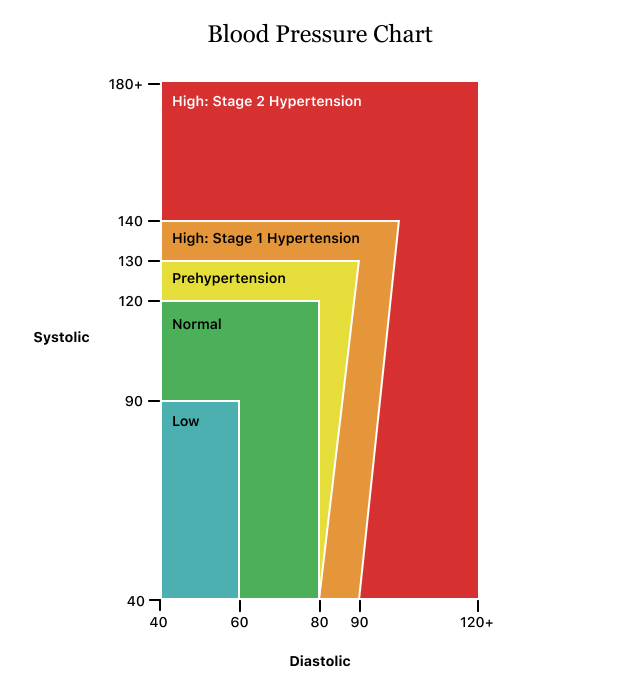



Low Blood Pressure Hypotension Symptoms Treatment




6 Natural Ways To Raise Low Blood Pressure Observer
Medications Evidence suggests that reduction of the blood pressure by 56 mmHg can decrease the risk of Stroke by 40%, of Coronary Artery Disease by 15% The aim of treatment should be blood pressure control to <140/90 mmHg for most patients, and lower in diabetes or kidney disease (levels below 1/80 mmHgLow blood pressure is also known as hypotension Most doctors would say that you have low blood pressure if it is below 90/60 mmHg Your doctor will refer to this as '90 over 60' Is low blood pressure a problem?In a recent issue of the Philadelphia Inquirer, two distinguished physicians (RT Townsend, Hypertension Program, Hospital University Penn Program, and Muriel L Jessup, Penn Heart and Vascular Center) recommended treatment for people older than 60 years, those with a systolic blood pressure of 150 mmHg, those with diabetes or kidney disease, and those with a




Spanking Blood Insist That Guidelines Take Away Give The Sack 60 Year Old Female Blood Pressure




Low Blood Pressure In Elderly People Vital Facts To Know
Low blood pressure is a measurement of less than 90/60mmHg Regular blood pressure check If you're 40 to 74 years old, you should have your blood pressure checked at least once every 5 years as part of the NHS Health CheckIf your blood pressure is lower than 90/60, you have low blood pressure, or hypotension You may feel lightheaded, weak, dizzy, or even faint Low blood pressure can be caused by not drinking enough liquids (dehydration), blood loss, some medical conditions, or too much medication Some high blood pressure risks you can't changeMild elevations in blood pressure considered to be in the upper range of normal during young adulthood can lead to subclinical heart damage by middle age — a condition that sets the stage for fullblown heart failure, according to findings of a federally funded study led by scientists at Johns Hopkins A report on the findings of the multicenter study that followed 2,500




3 Things To Know About The New Blood Pressure Guidelines The New York Times



What Low Blood Pressure Means And When It S An Emergency
People with a reading of around 90/60, or less, are commonly regarded as having low blood pressure If you have low blood pressure, you have (to a certain degree) some protection against factors that increase blood pressure, such as eating too much salt, not eating enough fruit and vegetables, or being overweightYour ideal blood pressure is between 90/60 mmHg and1/80 mmHg If it gets too low, then you have low blood pressure, or hypotension You could go into shock from lack of blood and oxygen to your vital organsDoctors generally define low blood pressure as 90/60 mm Hg or below, commonly said as "90 over 60" Usually, doctors only treat hypotension if it is severe enough to cause symptoms Low blood pressure can be temporary, or it can be a chronic (longlasting) condition The main types of hypotension are



3
/coping-with-low-or-high-blood-pressure-in-pregnancy-4690310-updated-fa576aacc84f41f4af250af206b12efc.png)



Blood Pressure In Pregnancy How To Deal With It
1/ You went through a range of medications for high blood pressure treatment, but your blood pressure is still on the high level, life threateningly risks is greater In fact, doctors explained how many different treatments They told what could go wrong with the treatments because they mostly came with side effectsCall the doctor if several readings are at or above 160/90 without any symptoms A blood pressure reading of 160/90 coupled with symptoms such as headache, nausea, blurry vision, chest pain and shortness of breath point to a hypertensive emergency This is a potentially lifethreating issue and you should call 911 immediatelyA new study is raising questions about treatment guidelines proposed by a health panel last year that had recommended changing blood pressure targets for coronary artery disease patients age 60 and older




Blood Pressure 90 70 Health Care Qsota
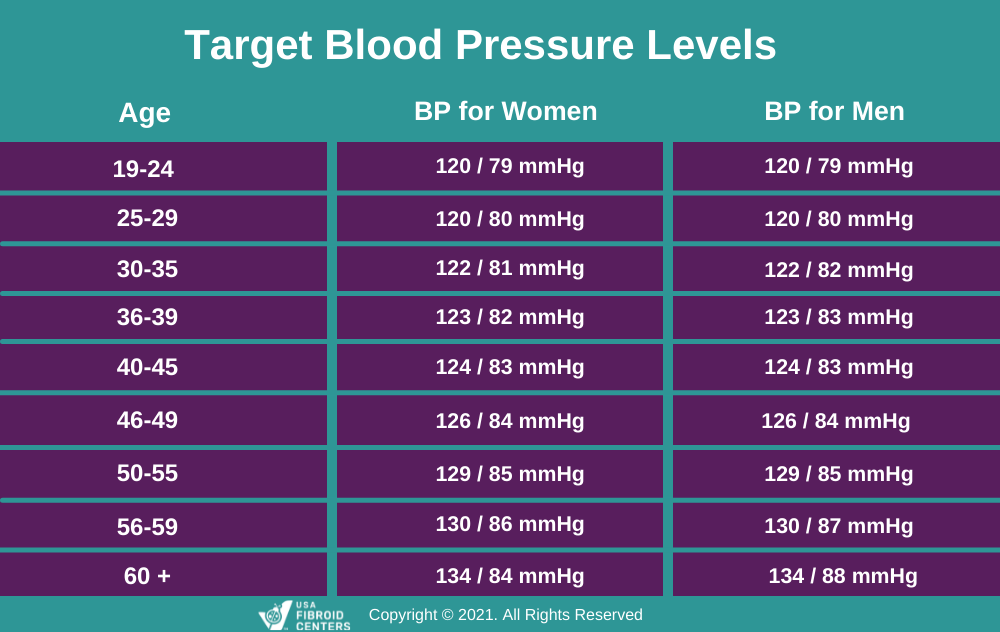



What Does Your Period Do To Your Blood Pressure
Sometimes diet and exercise may not be enough to lower your blood pressure In some cases, your doctor may recommend medication to help reduce your blood pressure and lower your risk of having a heart attack or stroke The most common blood pressure medicines include ACE inhibitors Angiotensin receptor blockersTypically, the low blood pressure range is anything below 90/60 mm Hg This is called hypotension The Disabled World chart shows that a dangerous blood pressure level is 50/33 mm Hg Keep in mind that only one of the numbers has to be below the healthy range in order to qualify as low blood pressureLow blood pressure, also called hypotension, happens when blood pressure falls below what is considered normal — a reading of 90/60 or lower When blood pressure is much lower than normal, it means not enough blood is flowing to the heart, brain and other parts of the body




Low Blood Pressure Causes Diagnosis Treatment Prevention Symptoms




Ayurvedic Treatment Medicines Remedies Herbs For Low Blood Pressure Types Effectiveness And Risks
Maintain blood pressure higher we were told using a systolic BP of 150 or lower as a target A recent study of blood pressure control in the elderly noted that when medications for hypertension were introduced or increased a significant percentage of treated patients experienced a fall within 15 days of the adjustment in blood pressure treatment"High blood pressure is a problem, but low blood pressure is also a problem," Guichard said That realization helped drive a 14 decision by the panel members appointed to the Eighth Joint National Committee (JNC 8) to relax target blood pressure guidelines for those over 60 years oldA common source of prescriptions is high blood pressure, with older adults often finding themselves on multiple medications to lower their blood pressure Data from the Framingham Heart Study show that over 90% of middleaged people will eventually develop high blood pressure, and at least 60% will go on to take medications to lower blood pressure



Is Blood Pressure Of 100 60 Bad For You Quora
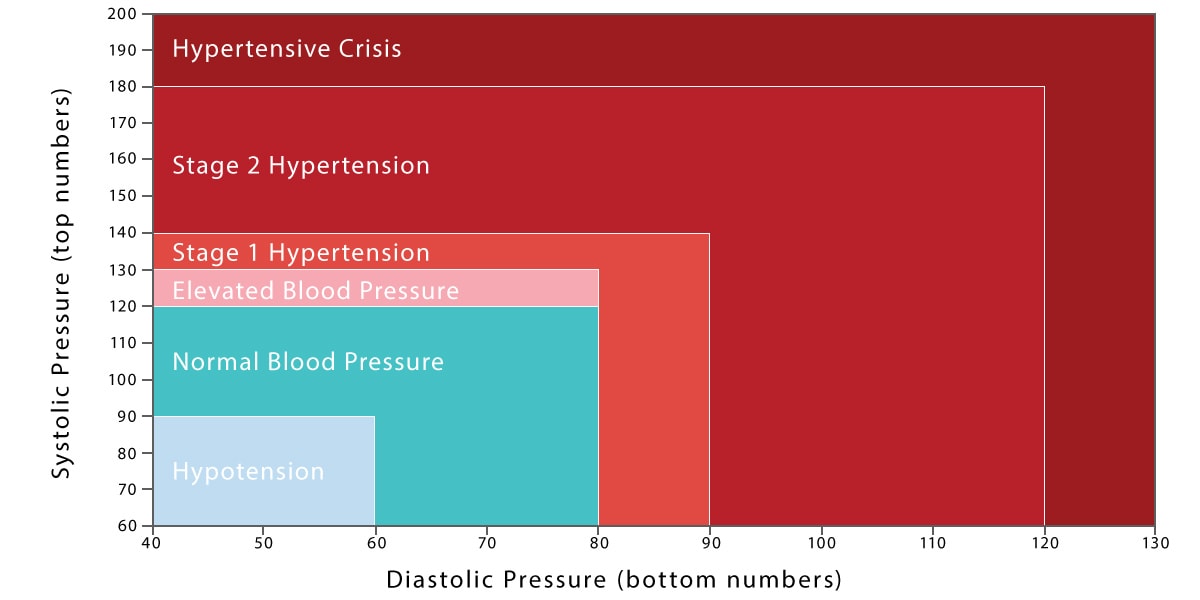



Understanding Blood Pressure Ultimate Bp By Age Chart Vive Health
Normal blood pressure is between 90/60 and 130/80 The top number, or systolic pressure, is a measurement of the pressure in the arteries when the heart muscle contracts The bottom number, or diastolic pressure, is a measurement of the pressure in the arteries between beats of the heart Hypotension, or low blood pressure, happens when yourAdults over age 60 with a high cardiovascular risk may be treated to a lower target blood pressure of <140 mm Hg Treatment goals should be based on aSince blood pressure tends to increase with age, some medical societies argue about the effectiveness and safety of treating older adults for high blood pressure Overall, older adults should aim for lower blood pressure numbers but a blood pressure reading of 90/60 mm Hg or lower is considered too low (hypotension)




Low Blood Pressure Natural Remedies Causes And Symptoms
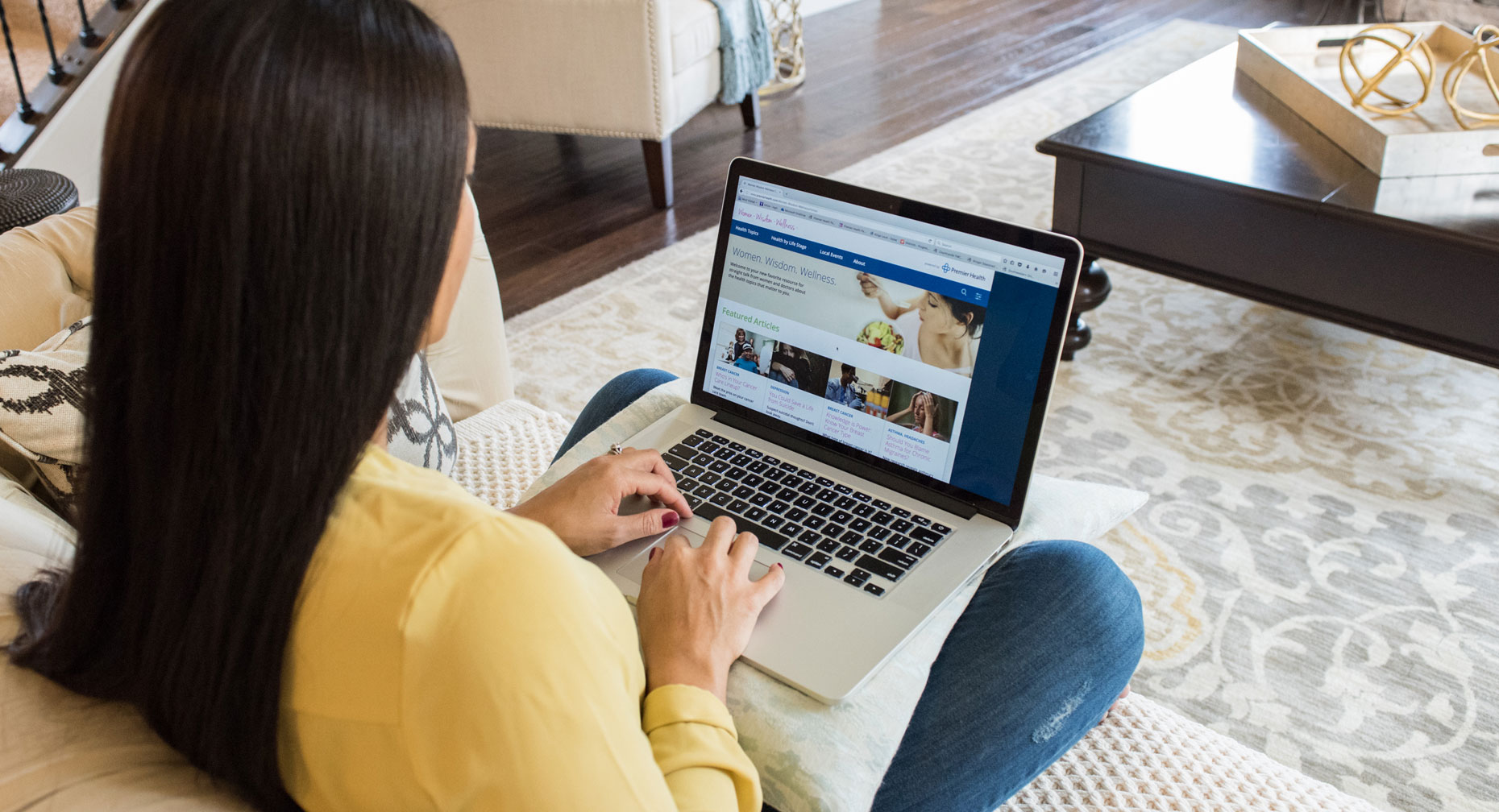



When To Worry About Low Blood Pressure Premier Health
If you have a reading of 140/90, or more, you have high blood pressure (hypertension) This puts you at greater risk of serious health conditions, such as strokes or heart attacks Low blood pressure is also known as hypotension People with a reading of around 90/60, or less, are commonly regarded as having low blood pressureLifestyle Changes with Blood Pressure of 90/60 Your doctor may suggest a few lifestyle modifications for those with a blood pressure of 90/60 This will depend on the severity of your low blood pressure in combination with your other health history Increase Salt Intake Most of the time doctors want you to limit sodium since it can increase your blood pressureAccording to the American Heart Association (AHA), a normal blood pressure reading is 1/80 mm Hg and below Readings below 90/60 mm Hg indicate low blood pressure, or hypotension Readings above




Low Diastolic Blood Pressure Causes Treatment And More
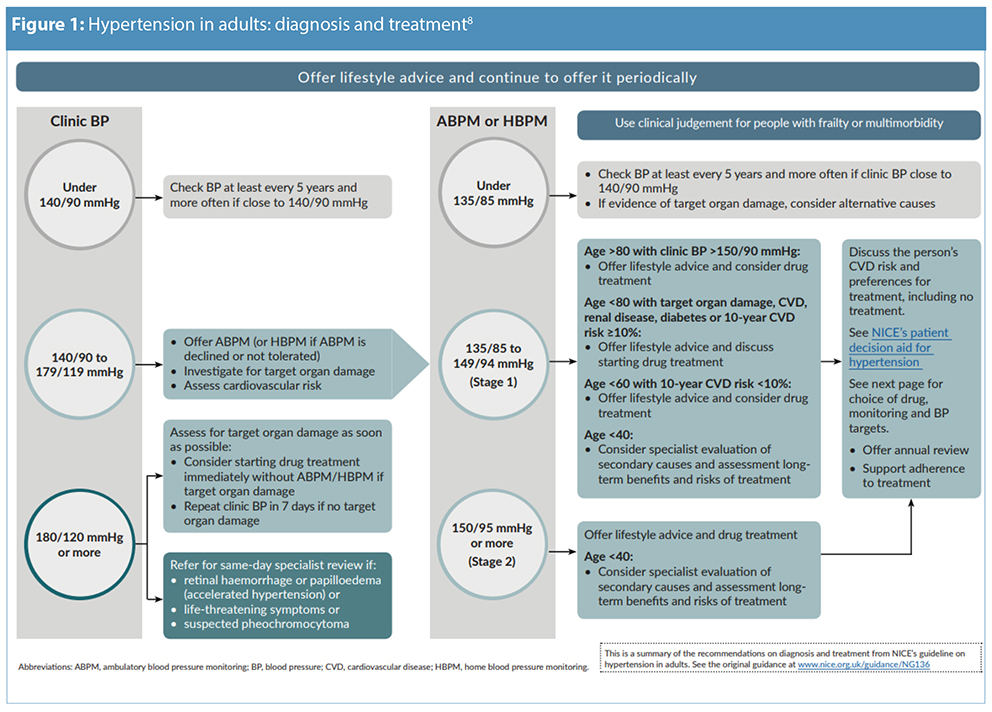



Is 94 Over 60 A Normal Blood Pressure Alto Blood Force
For some people, low blood pressure is a sign of good healthUnderlying causes of low blood pressure Low blood pressure can occur with Prolonged bed rest Pregnancy During the first 24 weeks of pregnancy, it's common for blood pressure to drop Decreases in blood volume A decrease in blood volume can also cause blood pressure to drop A significant loss of blood from major trauma, dehydration orGenerally, if the blood pressure reading is under 90/60 mm Hg, it is abnormally low and is referred to as hypotension Some adults regularly have blood pressure in the hypotensive range but have
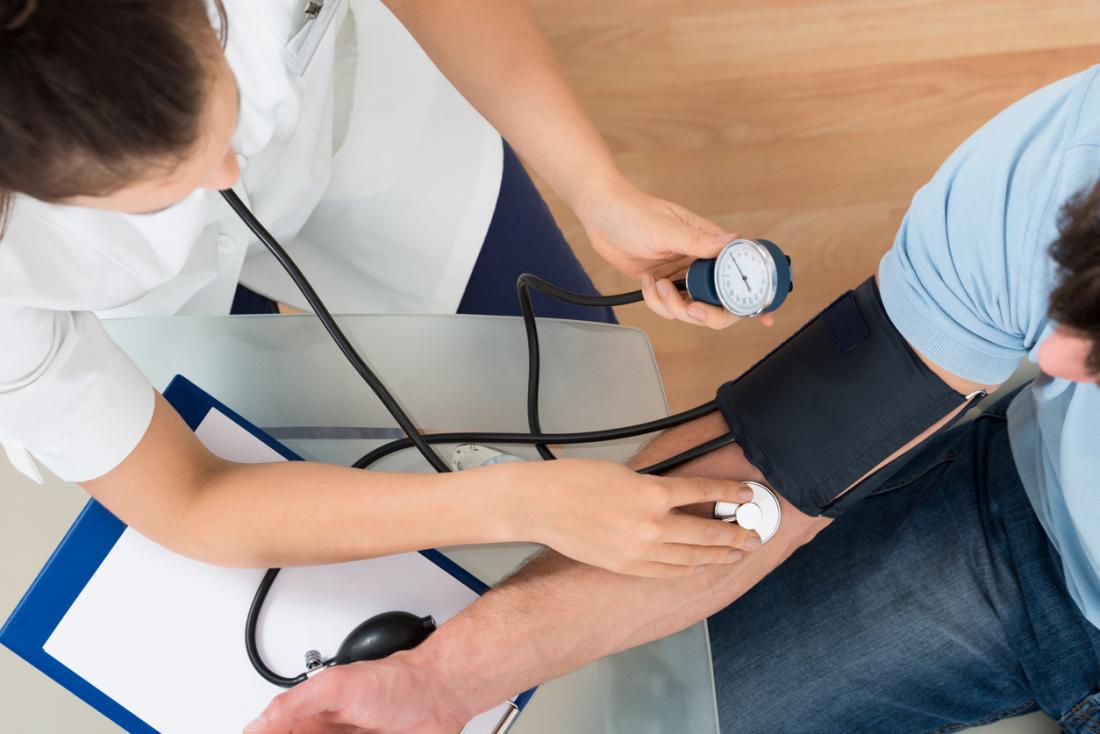



Low Blood Pressure Natural Remedies Causes And Symptoms




Blood Pressure Chart
Titled "Pharmacologic Treatment of Hypertension in Adults Aged 60 Years or Older to Higher Versus Lower Blood Pressure Targets," those guidelines suggest that "physicians initiate treatment in adults aged 60 years old and older with persistent systolic blood pressure at or above 150 millimeters of mercury (mm Hg) to achieve a targetBelow is a blood pressure chart by age A blood pressure monitor that shows systolic, diastolic reading and the pulse The reading in this screen is presented as 1/75 Blood Pressure Chart Systolic BP and Diastolic BP This blood pressure chart by age can offer you a referrence when you need to find out what your own blood pressure meansWhen systolic blood pressure rises above 160 in people aged 60 and older, it's time to consider treatment even if the lower number is
:max_bytes(150000):strip_icc()/GettyImages-71417917-5bd5df1fc9e77c005190e834.jpg)



What A Sudden Drop In Blood Pressure Means




7 Low Blood Pressure Home Remedies Healthy Hildegard
Blood pressures are the ontreatment average of all post baseline recordings The quadratic terms for both systolic and diastolic blood pressures were statistically significant in all age groups (all P <0001, except for diastolic blood pressure in
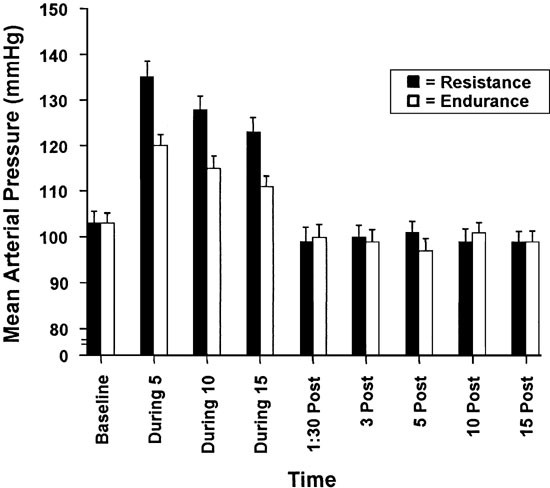



Potential Causes Mechanisms And Implications Of Post Exercise Hypotension Journal Of Human Hypertension



Is A Blood Pressure Of 90 Over 60 Okay Or Too Low Quora




How Can I Lower My Blood Pressure In Minutes




Low Blood Pressure Precautions And Ways To Manage It
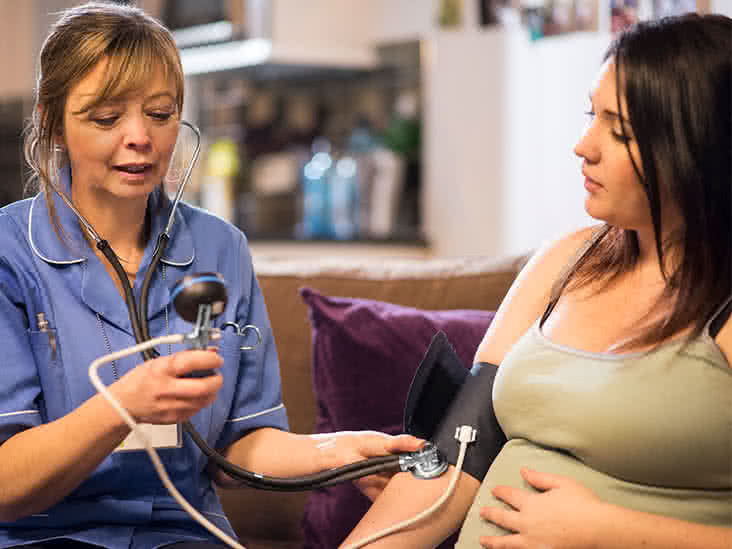



Low Blood Pressure During Pregnancy What You Should Know




If 110 70 Is Normal Blood Pressure What Is The Normal Range For The Low Number For A Young Female Adult Quora
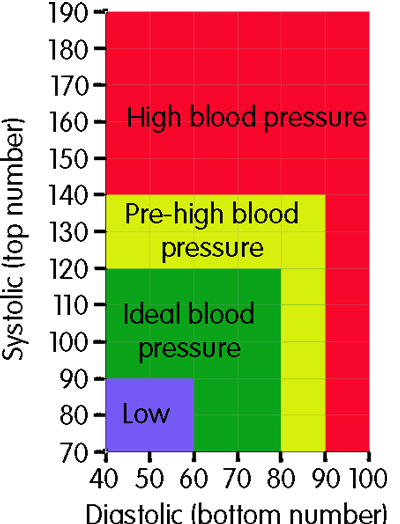



What S The Ideal Blood Pressure By Age
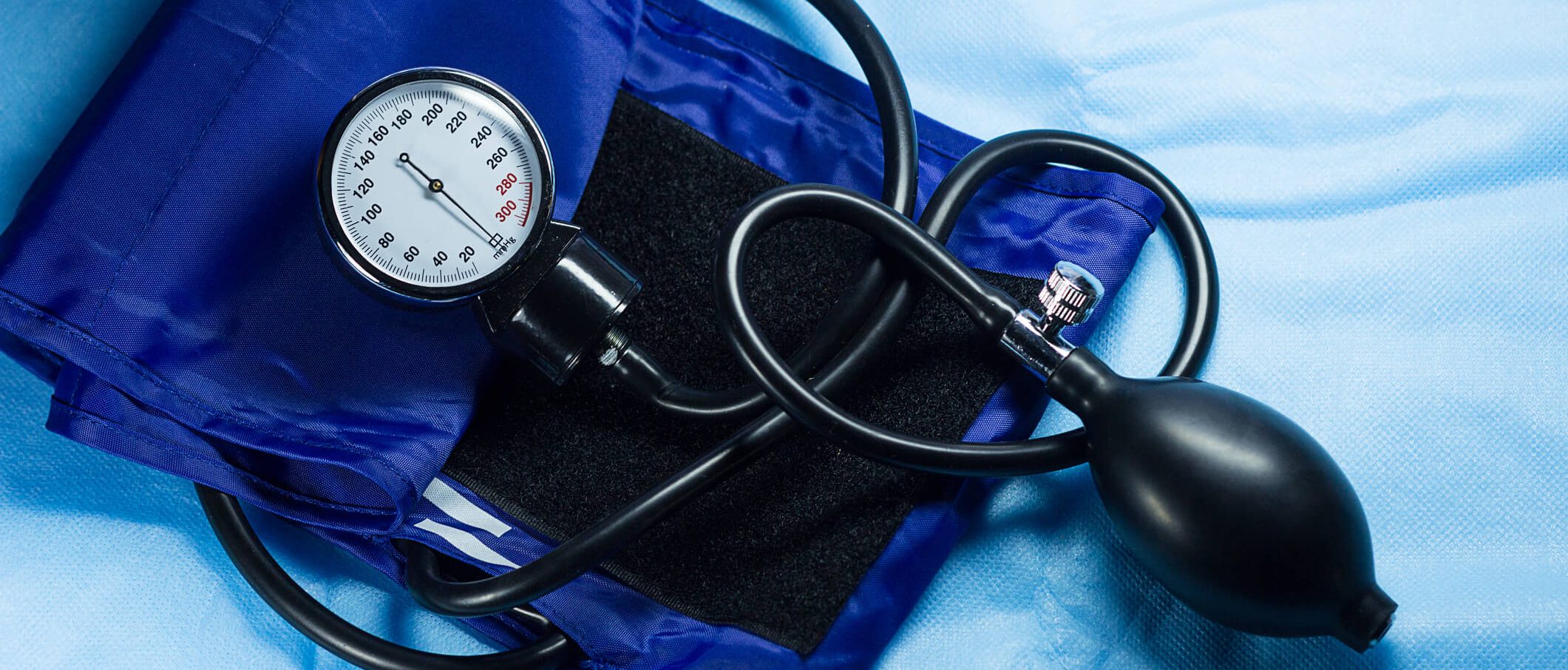



Low Blood Pressure Hypotension Symptoms Treatment




What Are Normal Blood Pressure Ranges By Age For Men And Women Chart Readings For Low Normal And High Bp




Everything You Must Know About High Blood Pressure Island Healthworks Blog




Islamic Traditional Home Remedies Plus Treatment Posts Facebook
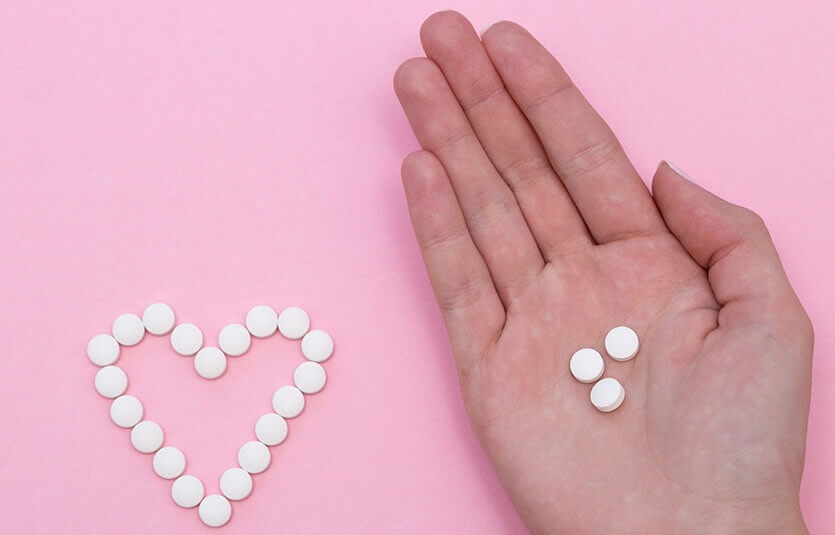



Normal Blood Pressure In Women Hypertension For Women Lark Health
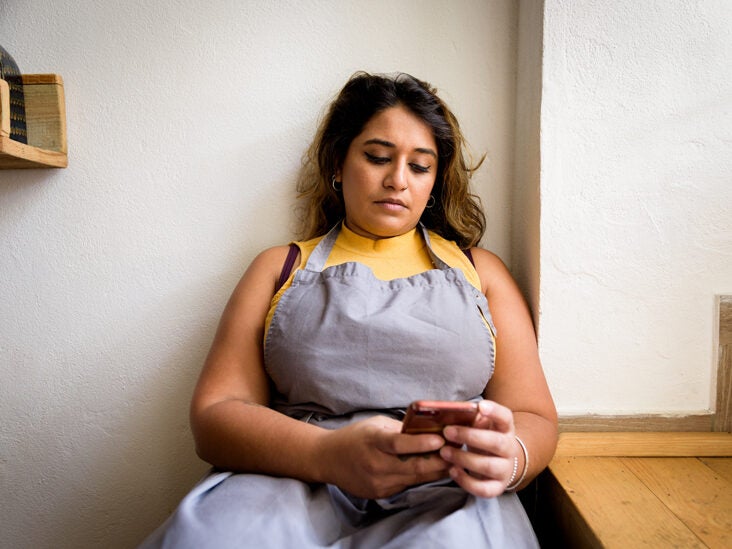



Low Blood Pressure Hypotension Causes Symptoms And More
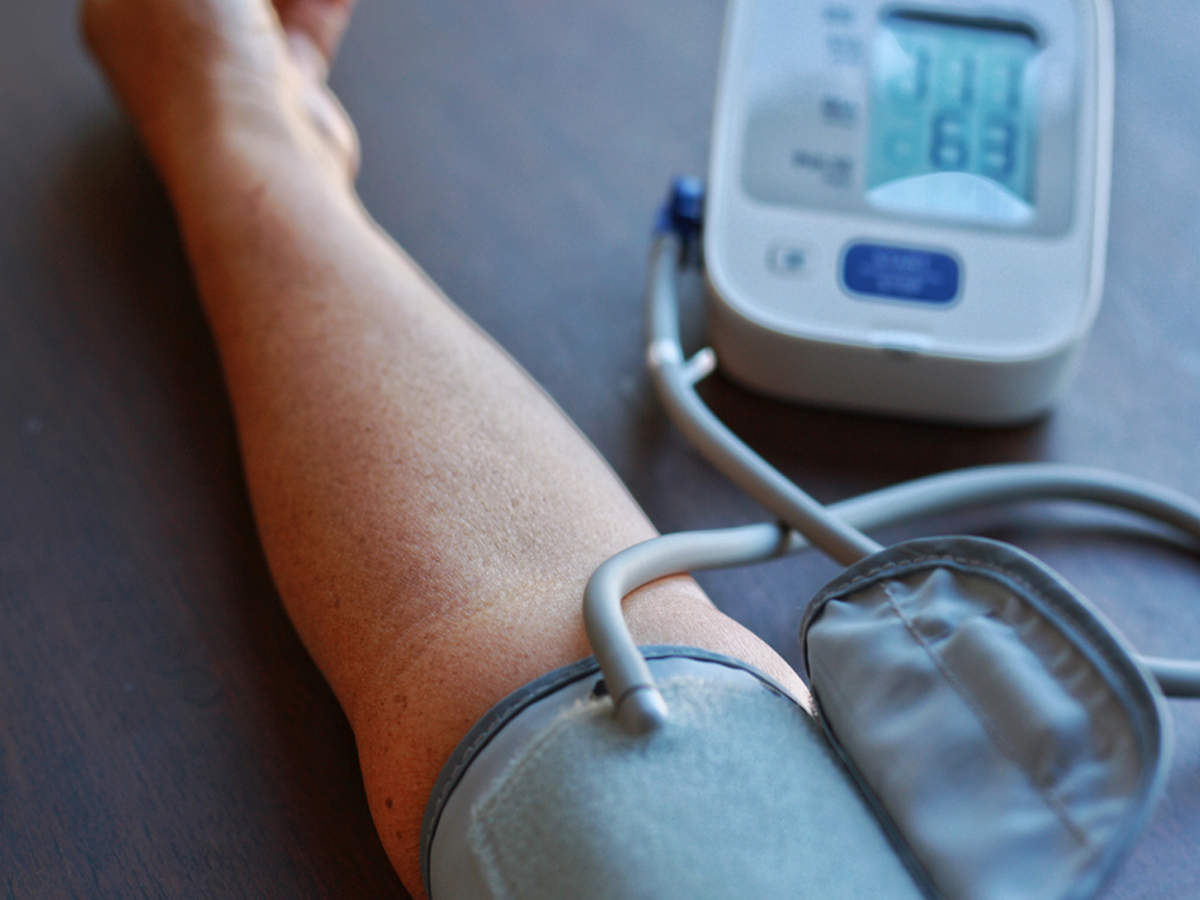



What To Eat In Low Blood Pressure Suffering From Low Blood Pressure Here S What You Should Eat Times Of India




Low Blood Pressure During Pregnancy




Low Diastolic Blood Pressure Causes Treatment And More The Financial Express




Blood Pressure Readings Explained




Understanding Blood Pressure Ultimate Bp By Age Chart Vive Health




New Blood Pressure Guidelines Raise Controversy




Hypotension Wikipedia
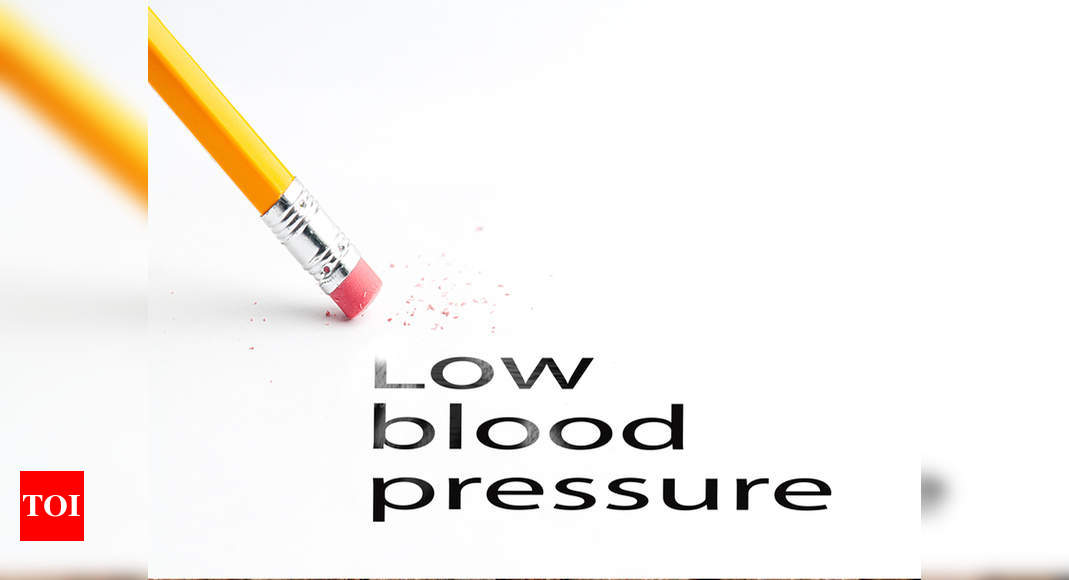



What To Eat In Low Blood Pressure Suffering From Low Blood Pressure Here S What You Should Eat Times Of India




What Are Normal Blood Pressure Ranges By Age For Men And Women Chart Readings For Low Normal And High Bp




Daytime And Nighttime Blood Pressure As Predictors Of Death And Cause Specific Cardiovascular Events In Hypertension Hypertension




Low Blood Pressure Manhattan Cardiology




What Is Low Blood Pressure And Is It Harmful Carrington College




What The New Blood Pressure Guidelines Mean For Older Adults
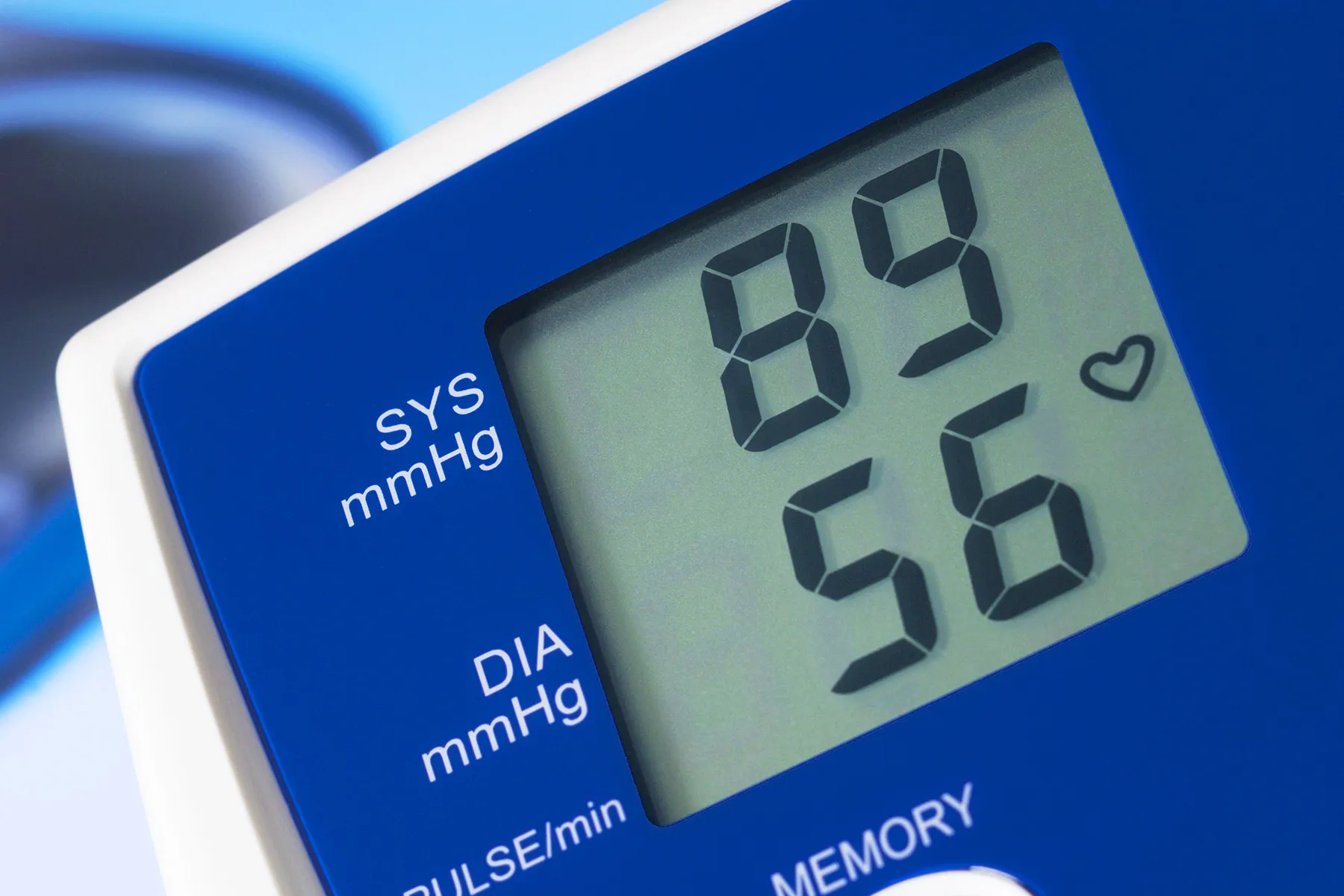



Visual Guide To Low Blood Pressure



What Is The Best Blood Pressure 110 70 Or 1 80 Quora
/african-american-doctor-checking-senior-man-s-blood-pressure-482145125-5956bbb93df78c4eb67c837e.jpg)



An Overview Of Blood Pressure And Aging




What Are Normal Blood Pressure Ranges By Age For Men And Women Chart Readings For Low Normal And High Bp




90 Over 60 Blood Pressure And Ms Insufficient Blood Constraint Hypotension




Low Blood Pressure
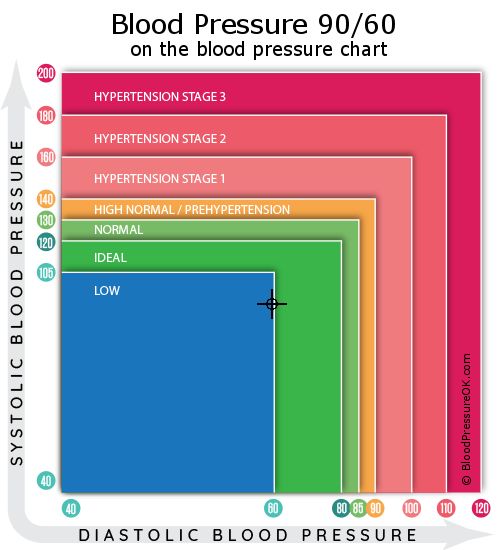



Blood Pressure 90 Over 60 What Do These Values Mean
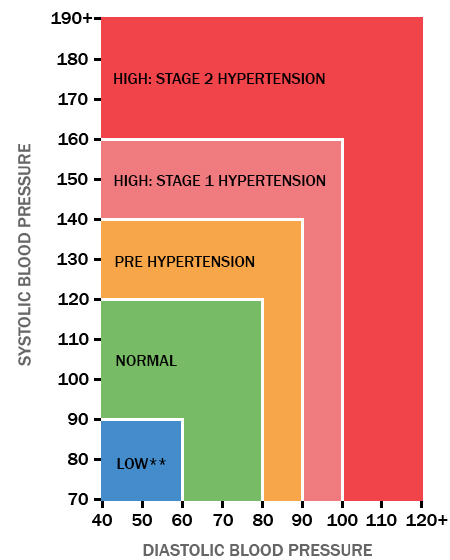



Bp Calculator
:max_bytes(150000):strip_icc()/low-blood-pressure-signs-symptoms-and-complications-4689152-v1-55edb3baf5e944ce9c17fc6f29506bc1.png)



Low Blood Pressure Signs Symptoms And Complications




Avrage Bp For A 62 Year Old Man Hqcelestial




What Should Be The Target Blood Pressure In Elderly Patients With Diabetes Diabetes Care




Is 1 Over 60 A Good Blood Pressure Reading




What S The Ideal Blood Pressure By Age




What Are The Risks Of Low Blood Pressure With Pictures
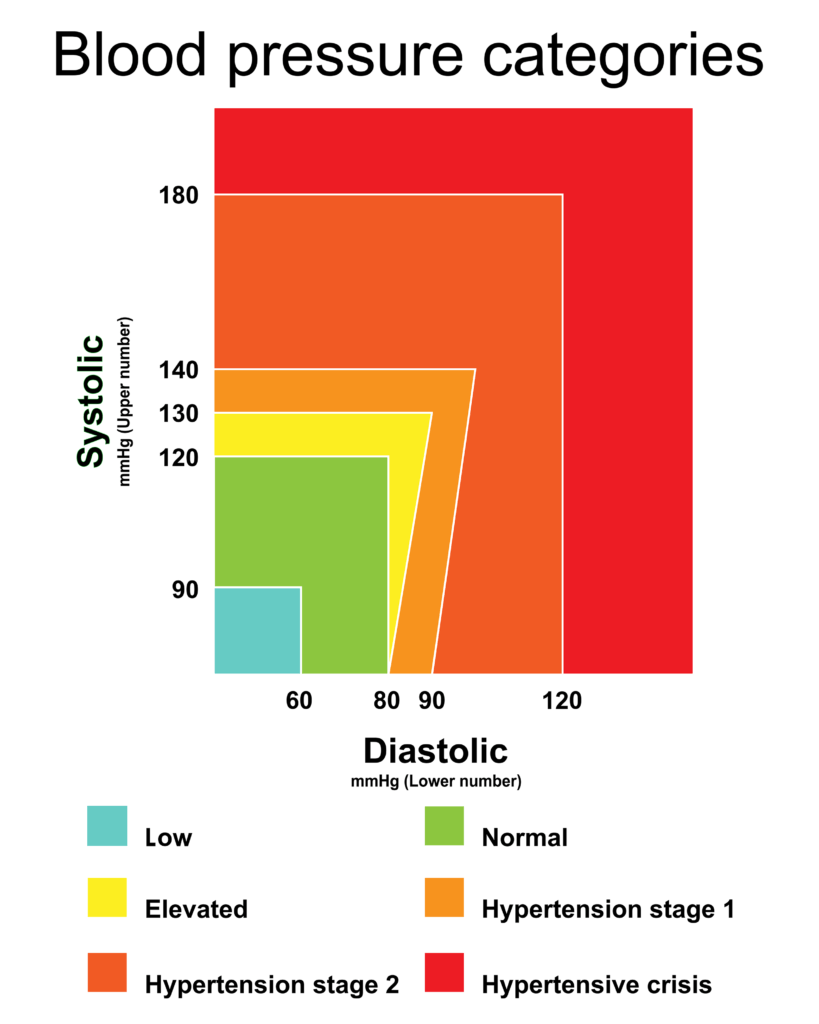



Normal Blood Pressure In Women Hypertension For Women Lark Health
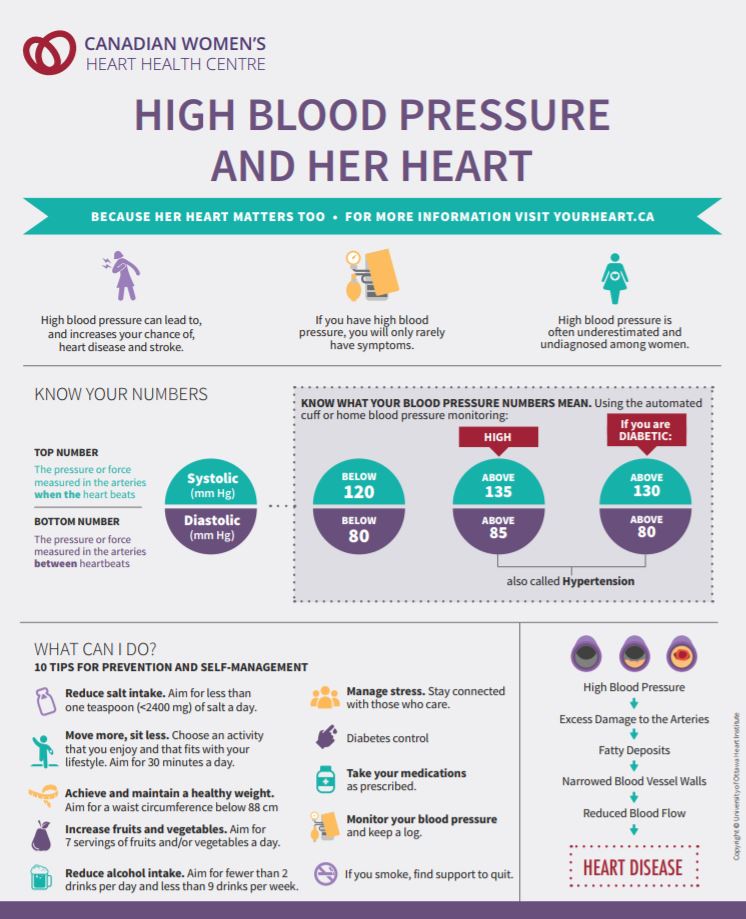



Blood Pressure Women S Heart Health Centre
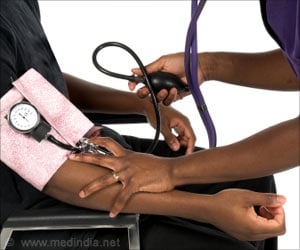



Blood Pressure Chart



1




Low Blood Pressure Hypotension Symptoms Signs Causes




Can Salt Help Improve Low Blood Pressure Cardiac Heart Health Featured Health Topics Hackensack Meridian Health
/nurse-checking-blood-pressure-of-senior-female-patient-871947590-5a4e327013f1290037197835.jpg)



Treating Hypertension In Older People
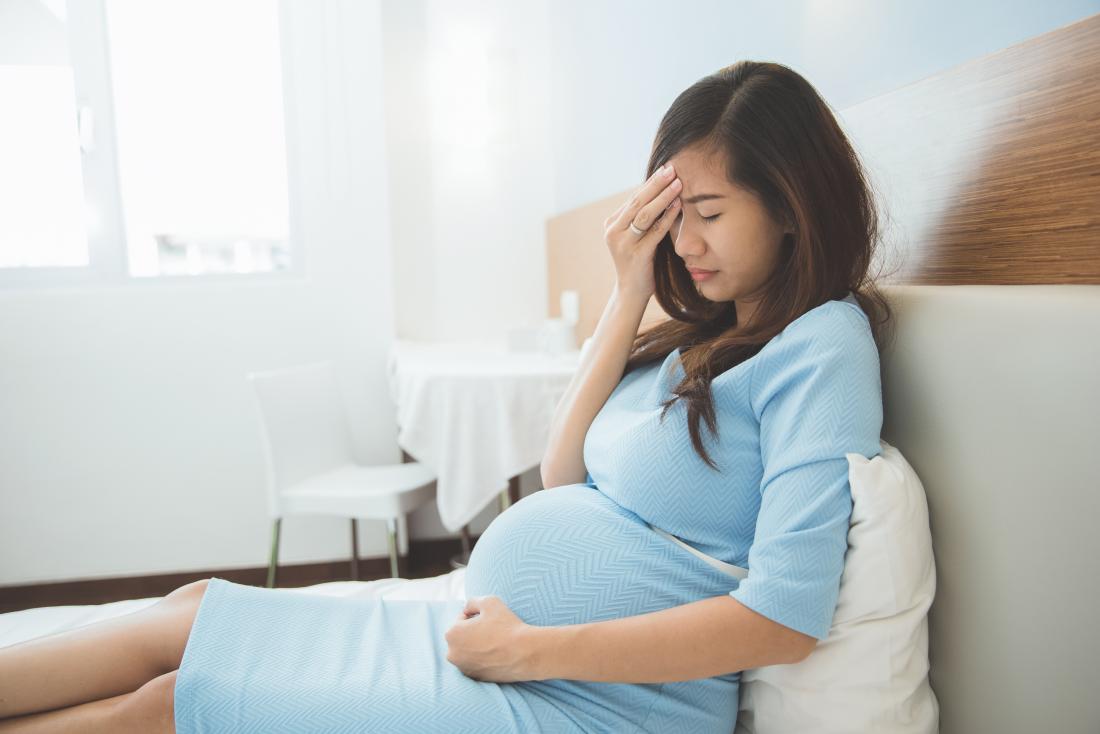



Low Blood Pressure During Pregnancy Causes And Remedies




Learn More About How Blood Pressure Changes With Age Here




Pin On Health



Is A Blood Pressure Of 95 63 Good Or Is That Too Low Quora
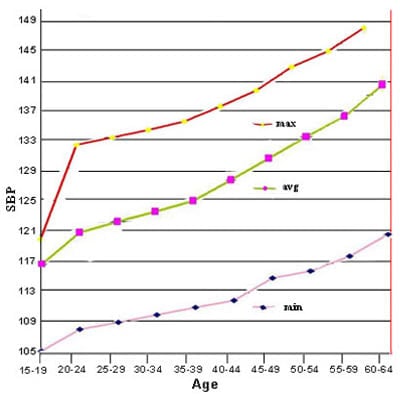



Blood Pressure Chart




The Causes Of Low Blood Pressure Zava



1
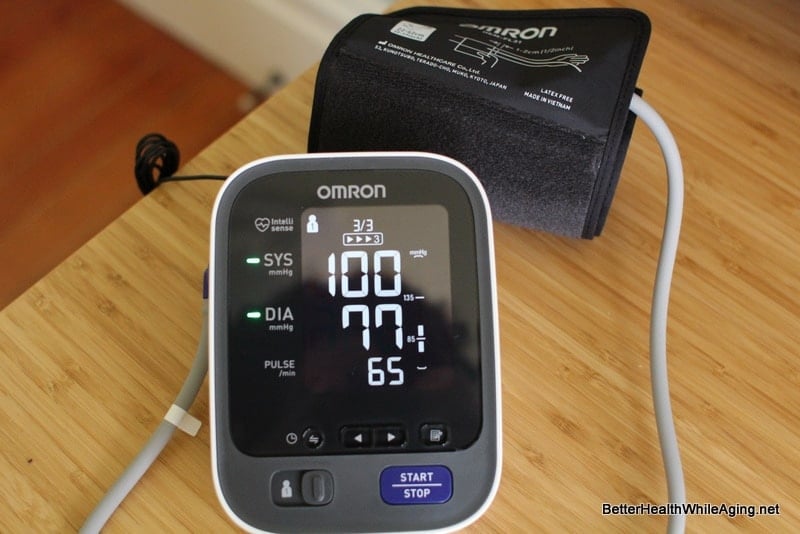



6 Steps To Better Hypertension Treatment In Aging Adults




Low Blood Pressure Symptoms Treatments Causes Tests Preventions
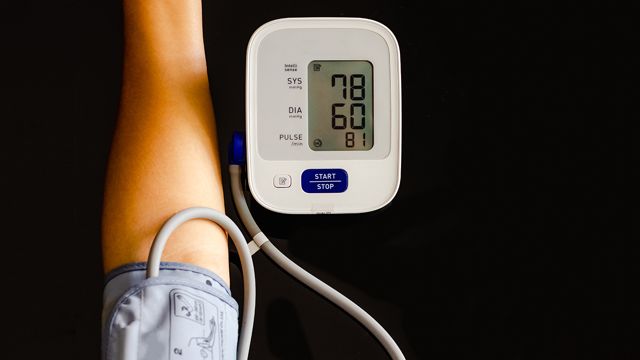



Low Blood Pressure Hypotension Signs And Symptoms




What Is The Optimal Blood Pressure In Patients After Acute Coronary Syndromes Circulation




Is Low Blood Pressure A Cause For Worry Cleveland Clinic
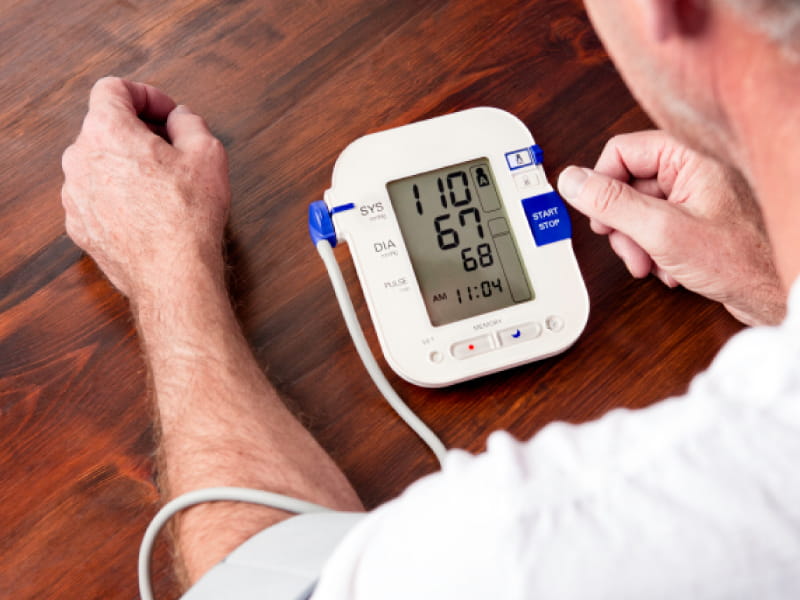



Fluctuating Blood Pressure After Stroke Could Mean Higher Risk Of Death American Heart Association




What Causes Low Blood Pressure And How To Increase It




When Is Low Blood Pressure Too Low Hypotension And More Everyday Health




What Is Low Blood Pressure And Is It Harmful Carrington College
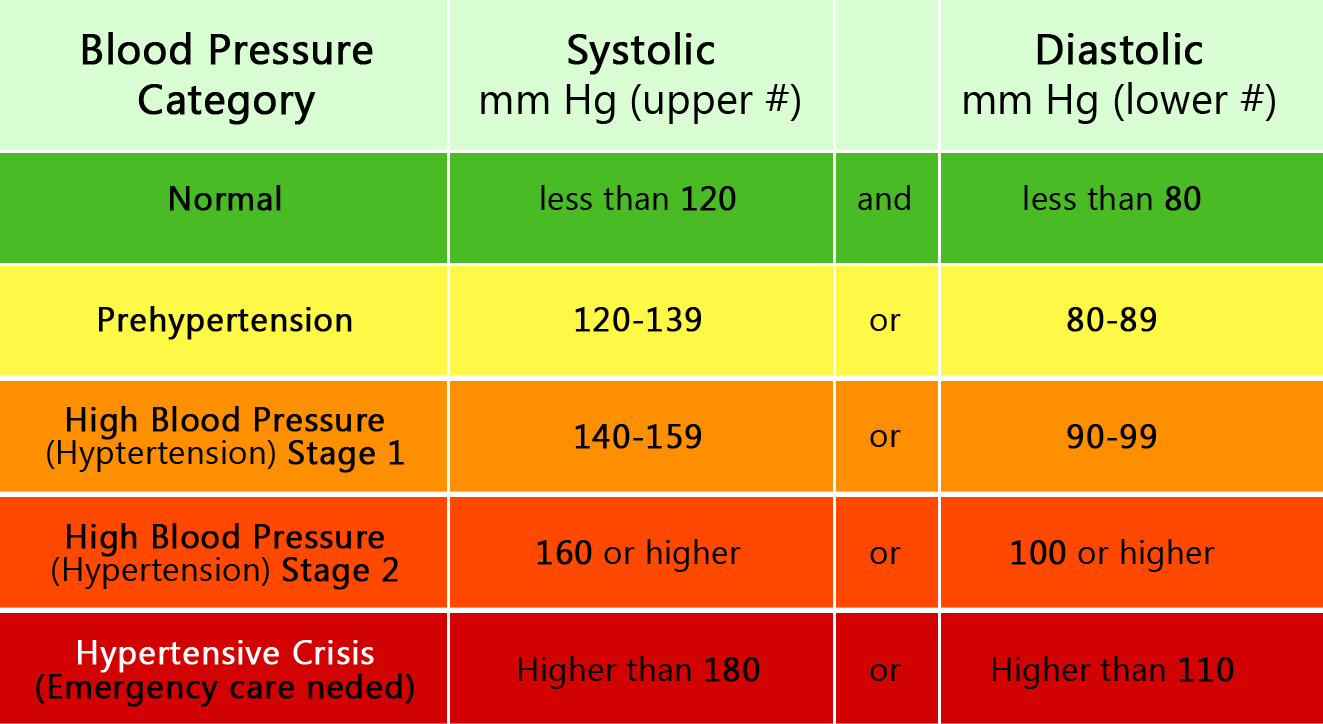



What Does My Blood Pressure Reading Mean Prohealth




Maintaining A Normal Blood Pressure In Seniors Elmcroft Com



1
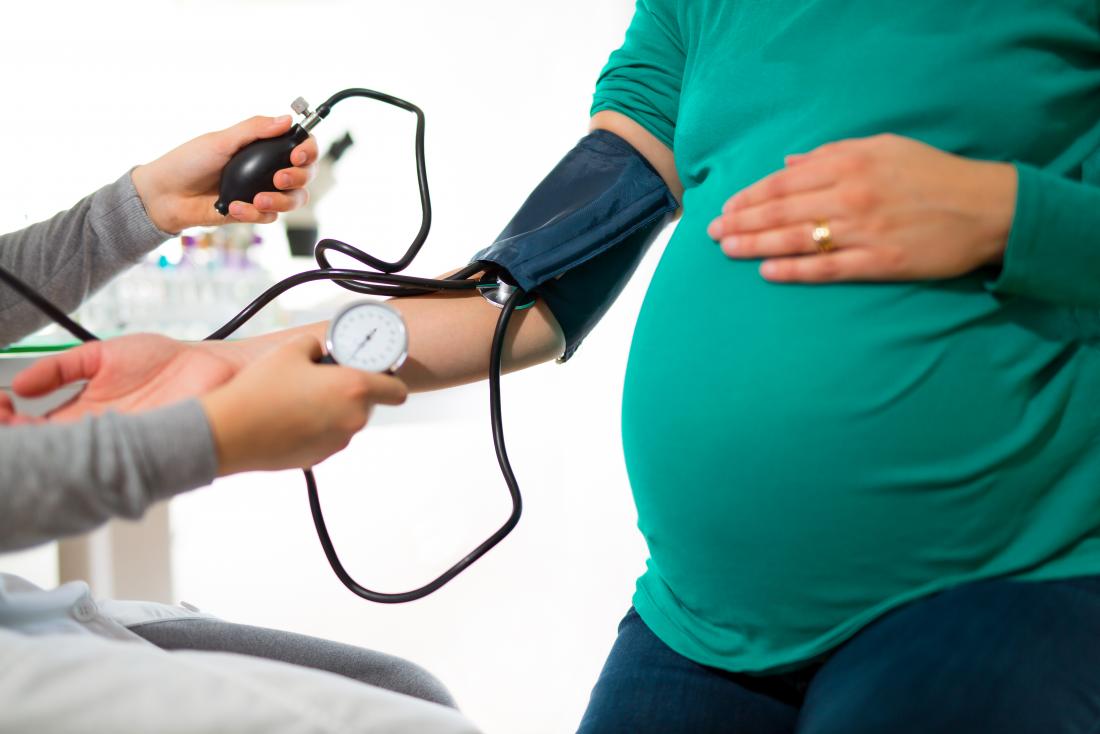



Low Blood Pressure During Pregnancy Causes And Remedies




A Comprehensive Guide On Low Blood Pressure




Blood Pressure Control And Risk Of Stroke Stroke




Low Blood Pressure Hypotension Symptoms Causes Treatment Medicine Prevention Diagnosis




Low Blood Pressure Symptoms Causes Treatments




Blood Pressure Readings Explained




Treatment Of High Blood Pressure When Medicines Don T Work Myheart




Blood Pressure A Health Indicator




Average Blood Pressure For Men And Women By Age From Normal Reading To Monitoring At Home
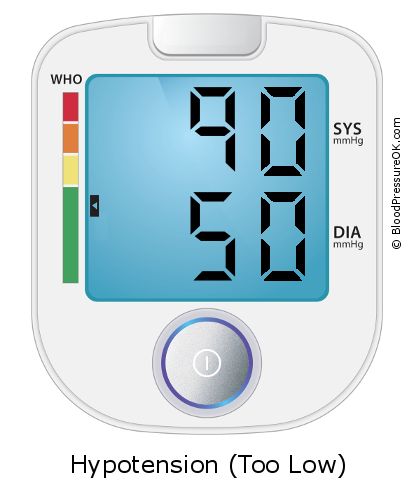



Blood Pressure 90 Over 50 What Do These Values Mean
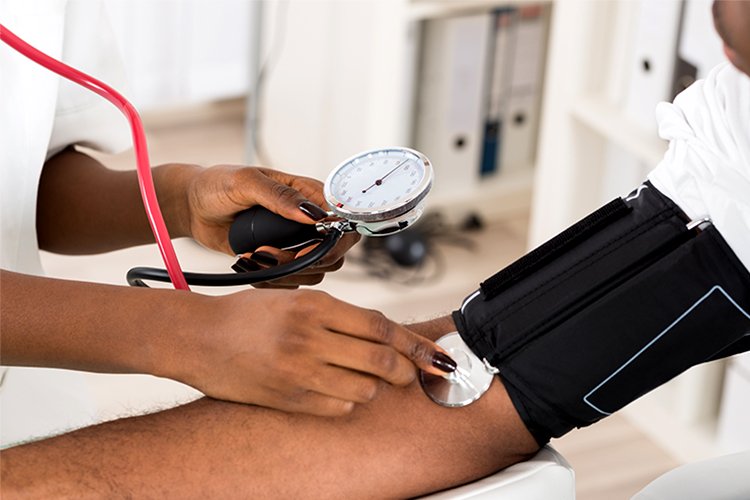



Essential Senior Blood Pressure Charts By Age A Place For Mom




High Blood Pressure National Institute On Aging




Pin On Blood Pressure Remedies




What Are Normal Blood Pressure Ranges By Age For Men And Women Chart Readings For Low Normal And High Bp




My Blood Pressure Is 90 Over 60 Is This Too Low Poz




Low Blood Pressure Symptoms Treatment Chart Diet Causes



0 件のコメント:
コメントを投稿